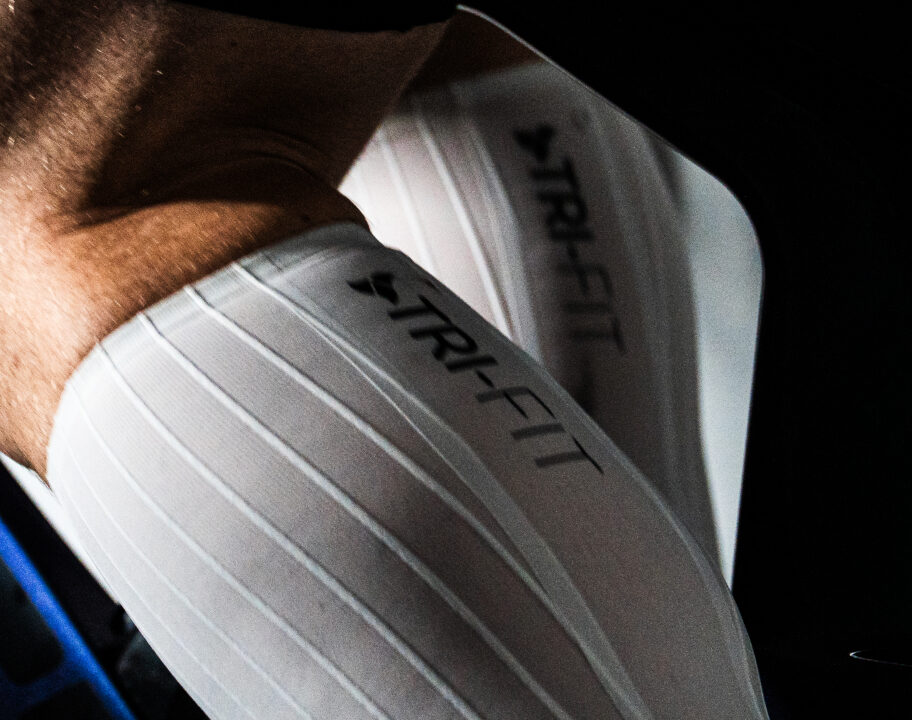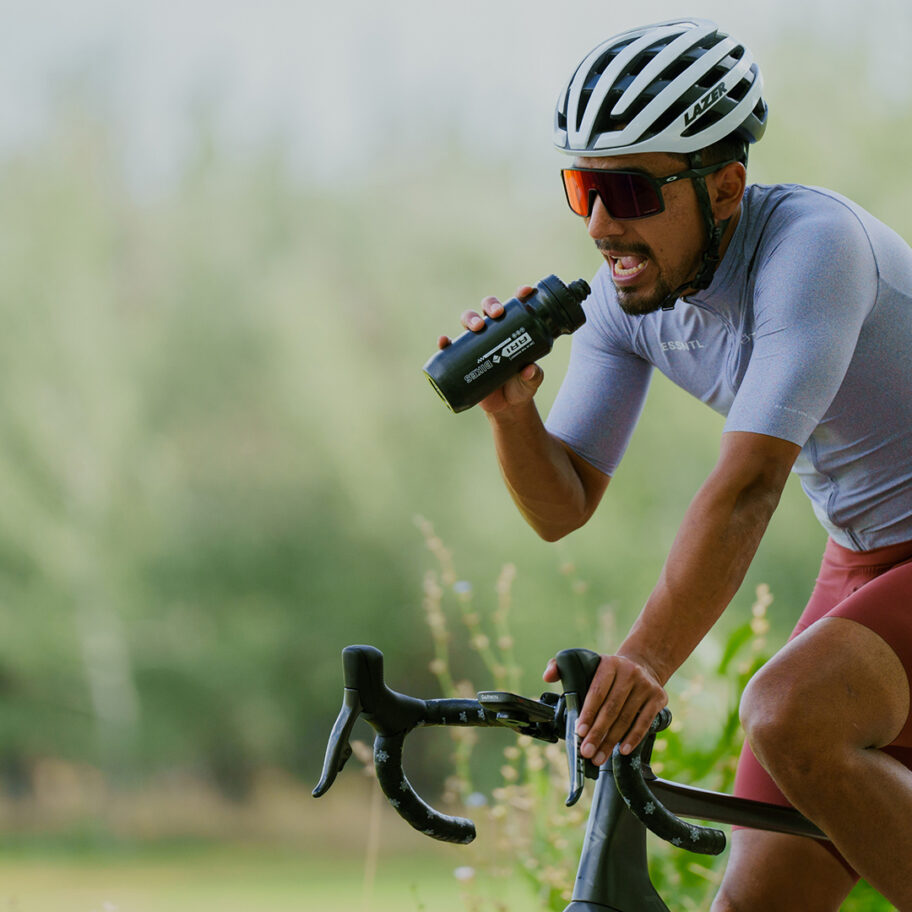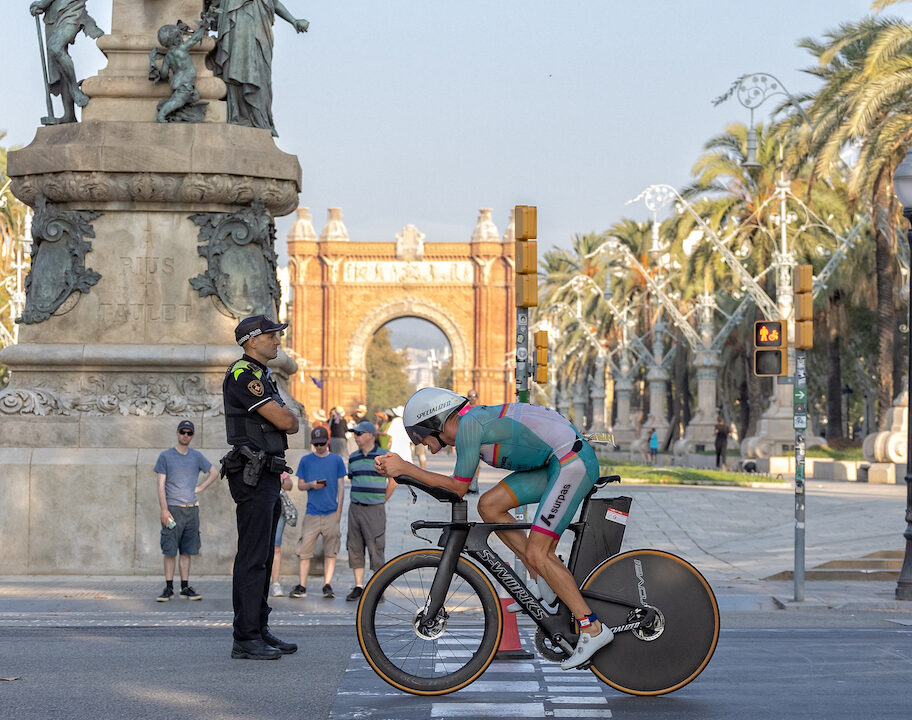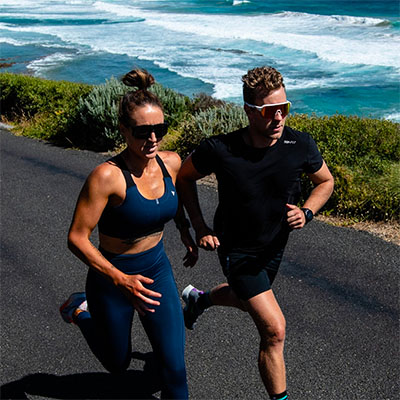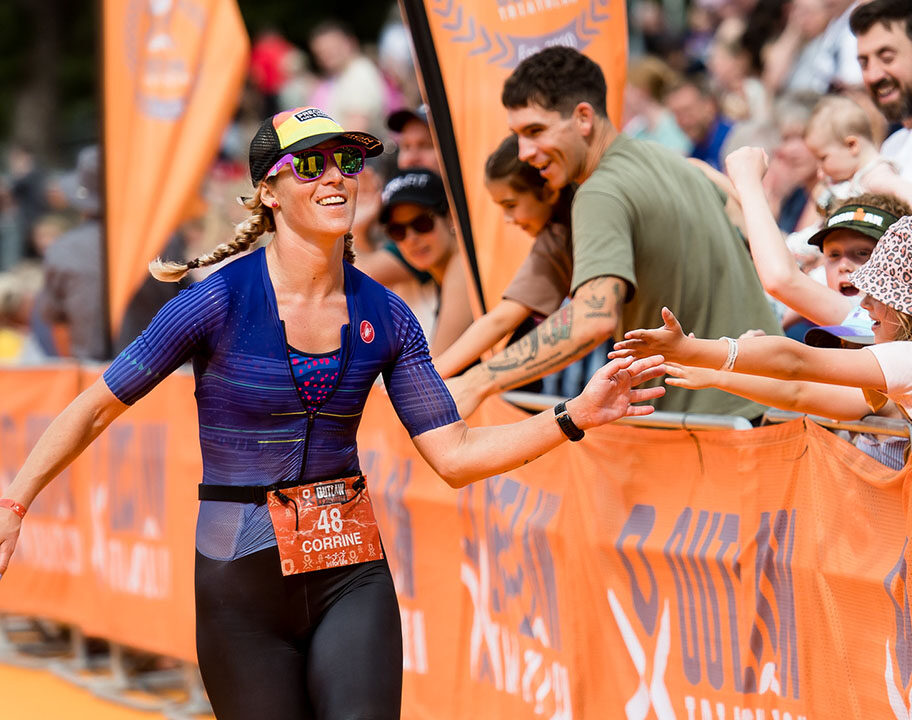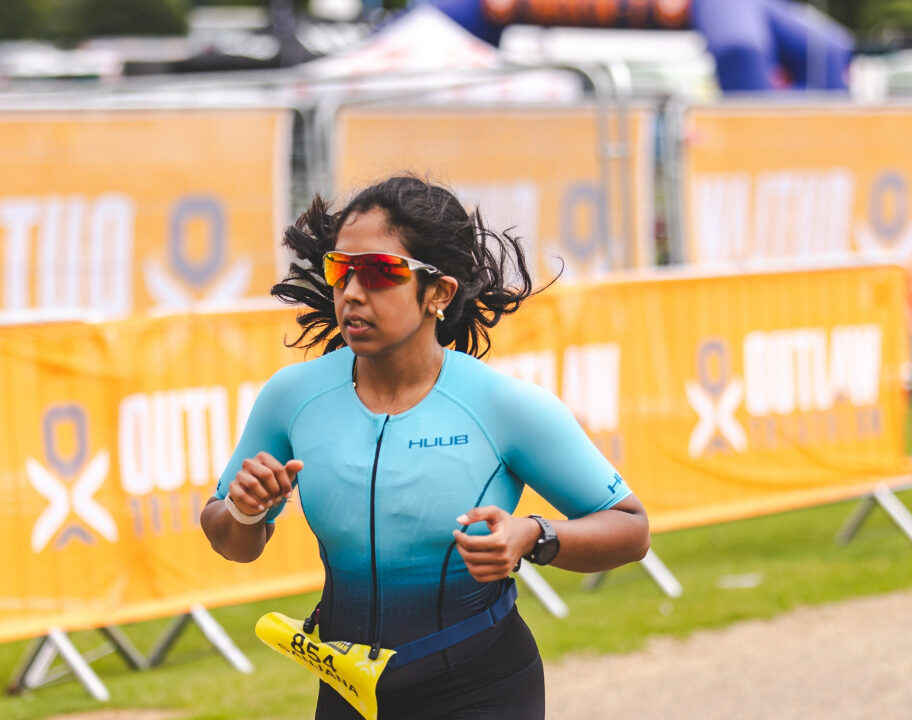Adding a treadmill to your indoor training set up can be a great way to ensure you’re as consistent as possible. Whether it’s bad weather or just struggling to find enough daylight hours to get the run sessions done. Having a treadmill at home can make it that much easier to tick your workouts off. But getting a treadmill can also be a big investment, and with so many options out there it can be difficult to work out which treadmill is going to be right for you. Get it wrong, and you could end up with a glorified walking pad that buckles at the first hint of a VO2 max session. Or on the flip side, end up paying for a bunch of features you’ll never need to use.
We take a look at the key considerations to think about to help you find the best treadmill for your home set up.
Budget and intended use – make sure your treadmill will be fit for purpose
The first and biggest consideration that’s going to whittle down your choice of treadmills is your budget. You can spend anything from a few hundred £s/$s for a basic home treadmill to tens of thousands for a commercial-grade machine. And while it might be tempting to go for the cheapest option you can find (who doesn’t love a bargain!) it’s important to note that many of the cheaper options tend to be designed with only walking or very gentle jogging in mind.
If you intend to run on your treadmill regularly, and you want to be able to do speed work as well as longer runs. It’s probably worth investing a little more from the outset to avoid having to replace your low budget treadmill fairly soon after getting it.
We’ll go into the essential features and functionality you’ll want to find in your treadmill of choice, so you can get the best performance for your budget. Plus talk through some of the nice to haves that will make your indoor running far more enjoyable, but aren’t an absolute necessity if your budget won’t quite stretch.
Is it fast enough, is it sturdy and will it last? The essential considerations to find the best treadmill for your home set up
Before we dive into the additional features that will take the dread out of ‘dreadmill’ when it comes to consistently running indoors. First up there are a few key things to look out for when you’re shopping around to make sure the treadmill you buy will be fit for purpose.
Size and space required
The first thing on your list as you start searching for the best treadmill is to work out is where it’s going to go in your house. That’ll determine what size machine you can go for. Much like setting up a turbo trainer for indoor cycling, you want to try and set aside a space which is out of the way so you can leave everything set up – if you have to start lugging kit around to get a workout done, you’re far more likely to skip it all together. But you also want to make sure it’s not going to intrude on your family/partner/housemates. With the best will in the world, even the quietest premium treadmills probably aren’t going to be a welcome addition to your living room if the rest of the household are trying to catch up on their favourite TV shows!
Once you know where you plan to set your treadmill up, measure the space. It’s important that you have enough room around your prospective treadmill to use it safely, so check the tech specs on any machine you’re considering. For example, Wahoo recommends having a minimum of 80” clearance behind their new KICKR RUN smart treadmill, and 24” on either side.
Folding or non-folding treadmill?
A folding treadmill is – you guessed it – a treadmill which allows you to fold the belt up vertically when not in use to save space. They can be a useful option if you’re limited on floor space in your home training set up. Folding treadmills also tend to have castor wheels so they can be easier to move around. The downside is they can be less sturdy and stable than their non-folding counterparts, so for heavy usage you might need to invest in a higher end model. If you are going down the folding treadmill route, it’s also worth looking for one that has gas assisted folding on the mechanism to reduce the chance of injury trying to fold/unfold it.
Non-folding treadmills have become a popular choice because they tend to be sturdier and have a higher weight tolerance. If you’re able to leave your treadmill fully set up all the time, and you’re not likely to need to move it around very often. A non-folding option can be a good choice to ensure it’ll stand up to the tests of high training volume and intense sessions.
How much speed do you need?
Another important consideration when buying a treadmill is the top speed each machine can reach. This varies, with lower budget options typically being limited due to smaller/less powerful motors. Some of the cheaper options only go up to 13kph (4:37 mins/km, 7:26 mins/mile) which for many runners won’t be fast enough to cope with tempo runs or intervals.
If your budget allows, opt for a treadmill which goes up to at least 18-20kph – even if you’re unlikely to actually run that fast. You don’t really want the machine to be operating at it’s very limit every time you do a VO2 max session. And you also want to know you can continue using the treadmill, even as your running improves and your pace gets faster. So ideally you want a bit of breathing space between your top pace and the treadmill’s top pace. The benefit of a treadmill with a higher power motor to facilitate higher speed is that they also tend to be quieter. Look for a machine with at least 2.5 continuous horse power (CHP) – ideally 3 CHP for faster runners and those wanting to do speed work.
Weight capacity
When shopping around for a treadmill, take the time to find out the maximum weight each machine can take. Think about everyone that is likely to be using the treadmill, and ensure the maximum weight capacity exceeds the heaviest user. Running exerts a significant amount of force every time your foot strikes the ground – or in this case, the treadmill deck. So a treadmill with a low weight capacity isn’t likely to be particularly robust. Ideally you want to look for a treadmill that can take 100kg+ so you have confidence it can withstand regular and continuous use.
Treadmill deck and belt style
Alongside how fast the treadmill can go, it’s also important to think about the surface you’ll be running on. Slatted treadmills (connected rubber surfaces rather than one continuous belt) can provide more cushioning, however they can also create an unnatural feel as they reduce the amount of natural energy return you’d feel out on the road. This cushioning can also be an issue because you won’t be building up resilience to the impact of running outdoors. Slatted treadmills can also be noisier than their continuous belt counterparts.
As well as being quieter, continuous belts can be more robust than slatted surfaces and give a running feel closer to that of running outside. Ideally you want to search for a treadmill with a deck which offers responsiveness and energy return. This will ensure you’re still stimulating the muscle groups you utilise during outdoor runs while you’re training indoors.
Deck length is also another consideration, particularly for tall/long-legged runners. Check the specs to make sure the treadmill deck can accommodate your stride length – compact and budget options might be too small/short which will inhibit your form. Open-ended belt designs like that on the Wahoo KICKR RUN are a good option to consider here because you won’t have to worry about accidentally kicking/tripping on the large plastic housing typically found at the front of a treadmill belt.
Functionality
If you’ve been used to hopping on the commercial-grade treadmill at your local gym, it’s important that you don’t assume all home treadmills will have the same functionality you’ve been used to. For example, some of the budget options either don’t have an adjustable incline at all – or you have to get off and adjust it manually. So if you want to be able to incorporate hill repeats or incline running into your workout schedule, you’ll probably want to go for a treadmill which has an automatic adjustable incline feature which allows you to increase or decrease the incline via a button on the console, without needing to stop running.

Some treadmills will have a fan built in to the console. This is better than nothing, but 9 times out of 10 it’s nowhere near strong enough to keep you cool while you’re running indoors. So you’ll probably want to get a separate fan anyway – the Wahoo Headwind fan even pairs with your heart rate monitor to adjust the fan speed depending on how hard you’re working! If a treadmill ticks every other box but it hasn’t got a built-in fan, for us that’s never going to be a deal breaker.
Additional features
Think about if you want or need additional features like pre-programmed workouts. If you’re working with a coach or following a training programme where you have tailored workouts to complete, you might want to opt for a treadmill that allows you to program in your own sessions instead. Or consider upgrading to a smart treadmill that can connect with your training app of choice.
Some treadmills will also come loaded with features such as built-in Bluetooth speakers and pulse-reading grab rails. If you’re likely to wear headphones (which your neighbours/housemates will most likely appreciate) and don’t intend to run holding onto the rails the entire time, you can probably forego these features in favour of a treadmill that’s going to cover the fundamentals (speed, durability, auto-adjustable incline) better.
Safety
Finally, make sure whatever treadmill you choose has an auto-stop safety feature. Almost all treadmills do these days, but it’s still something you want to double check. Most treadmills use a safety key and clip system which you attach to your clothing. If you get too far back on the belt, the key will get pulled out of the console which will automatically stop the belt. Some smart treadmills also have additional safety features. For example the Wahoo KICKR RUN has an optical sensor that detects the user’s position on the belt and adjusts the pace accordingly – slowing down within 1 second. It also has an impact detector on the belt which would automatically stop the belt if you were to fall down. And the treadmill won’t function unless it detects that someone is standing on the belt.
Along with ensuring the treadmill has an auto-stop feature in case of you falling or suddenly slowing down while using it. It’s also important to make sure that whichever treadmill you choose also has belt protectors to prevent anything/anyone(!) getting sucked under the treadmill.
Additional treadmill features that will level up your indoor running experience
Once you’ve discounted the treadmills that don’t tick all the appropriate boxes for speed, durability and functionality. You might be wondering what else you can get for your money with the more premium models – and if it’s worth it.
A ‘basic’ treadmill with a decent-sized motor and a sturdy deck will certainly do the job. But if you have a little extra budget to play with, getting a machine with a few extra capabilities can be a game-changer to make running indoors as enjoyable – and productive – as possible. Here are the ‘added extras’ we’d be looking for.
Smart connectivity with automatic speed and incline control
If you’ve struggled with boredom on the treadmill in the past, upgrading to a smart treadmill that can connect up with indoor training apps like Zwift or the Wahoo app could be something to seriously consider. This smart connectivity will add an immersive, engaging element to your treadmill running.

A smart treadmill will be able to adjust the pace automatically when you’re executing workouts, so you’re not having to constantly increase and decrease the pace. The Wahoo KICKR RUN can also adjust the incline to match the gradient on the virtual roads you’re exploring on Zwift. And it even offers lateral tilt along with incline and decline when using terrain mode in the Wahoo app. This gives an ultra-realistic running experience, particularly when paired with the Run Free mode which essentially puts you in control of how fast you’re running without having to touch the console – if you speed up or slow down, the belt automatically adjusts to match your pace.
Choosing a smart treadmill means you can easily execute your workouts without having to manually change the pace and incline for every interval – so you can focus solely on the effort.
Data collection
Upgrading to a smart treadmill also makes it so much easier to record your indoor runs accurately by pairing with dedicated training apps. The treadmill can connect with your heart rate monitor and send data such as heart rate, pace, cadence, ground contact time and more directly to apps like Zwift, which in turn can upload your sessions to Strava and TrainingPeaks. This will make it far easier to keep a track of your training load and progression in your run fitness.
Space for your laptop or tablet
Training app connectivity aside. One of the other major upsides of running indoors is that you can use your treadmill time to watch your favourite TV shows. But if you’ve ever had the stress of haphazardly balancing your phone or tablet on the tiny thin lip most treadmills have for devices on the console, you’ll understand why choosing a treadmill with a proper space for placing your laptop/tablet/phone is worth the upgrade.
Self-powered treadmill or motorised treadmill?
The above considerations aside, as manual treadmills – particularly curved treadmills – grow in popularity, you might be wondering whether a self-powered treadmill is a better option than a motorised/electric treadmill.
Self-powered treadmill pros and cons
Pros:
Doesn’t require electricity. No stress about adding to your electricity bill
You set the pace. The belt on a self-powered treadmill will only move as fast as you do. Some people prefer this feeling of control versus keeping up with a set pace on a motorised treadmill. It’s also a good way to maintain a ‘feel’ for hitting a certain pace.
Can provide a tougher workout. Because it’s all on you to generate enough force to get the treadmill belt moving, a self-powered treadmill can feel like harder work than a motorised one. Good news if you’re looking to build additional strength from your indoor runs.
Cons:
Lacks functionality. You won’t be able to benefit from engaging features like automatic incline control. And while you can control the pace in real time by speeding up or slowing down. Sometimes having to keep up with the treadmill belt can help you to improve your cadence and turnover. Most self-powered treadmills can’t connect with training apps either, and are deliberately analogue with the console display. So you’ll need to be self-sufficient at remembering your intervals and rest times when completing workouts.
May not be suitable for longer runs. Because you’re having to exert additional force to keep the belt moving, self-powered treadmills are said to be best suited to shorter run sessions so if you want to stay consistent with long runs you might want to favour a motorised option.
Not the most cost effective option. Cheaper self-powered treadmills can lack the sturdiness or their motorised counterparts. And curved treadmills are often far more expensive, with less functionality than a similarly priced electric treadmill.
Ultimately it comes down to personal choice, though more recent additions to the treadmill market offer the best of both worlds. Such as the Wahoo KICKR RUN which has a ‘Run Free’ mode, using smart technology to allow the user to adjust the speed of the belt simply by altering their own run speed.



